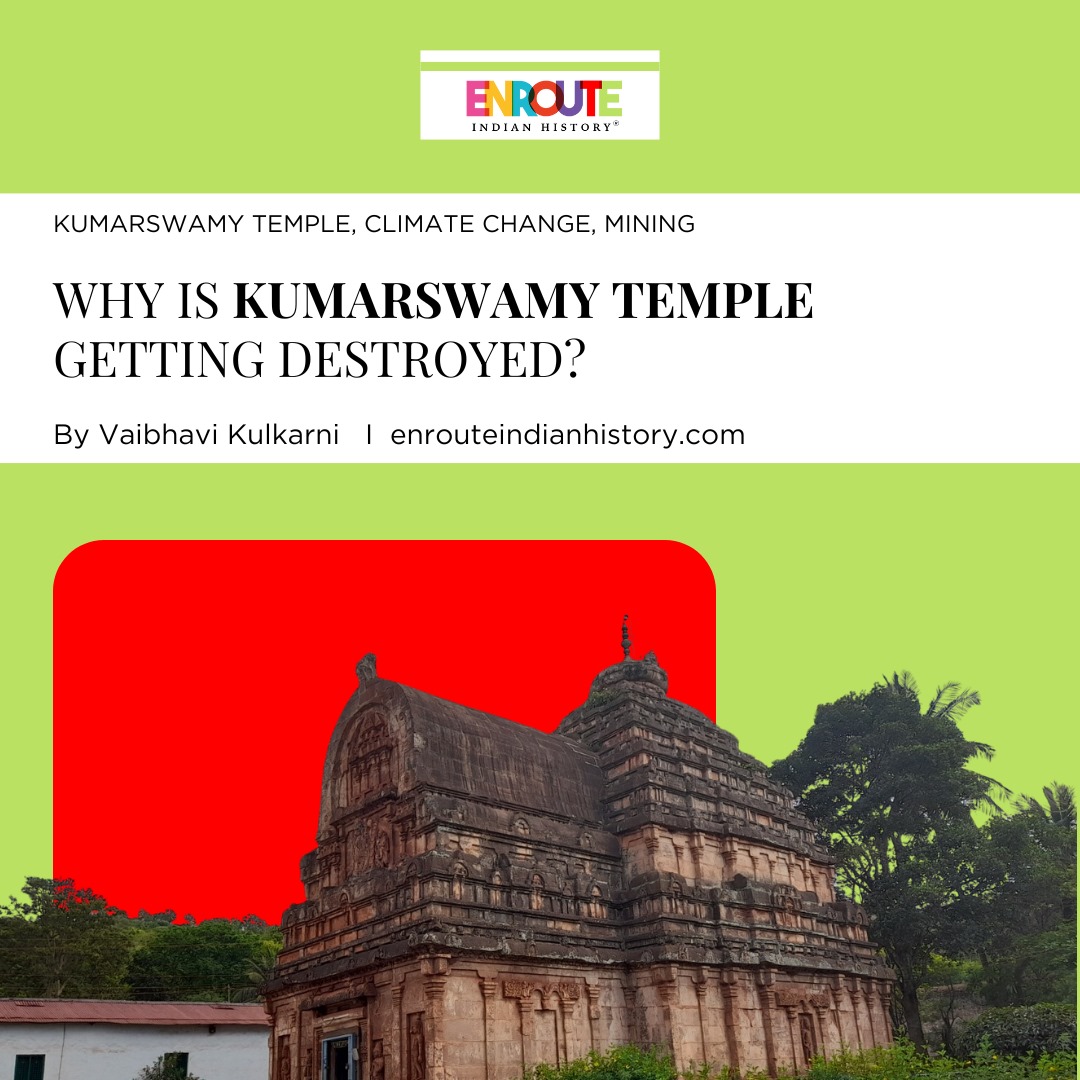
The Eastern Himalayas refer to the geographically contiguous and culturally unified region that extends across Northeast India, Nepal, Bhutan, Myanmar, Tibet, and Yunan. The remarkable diversity of ethnicity in this region makes it home to a range of equally diverse and unique tribal laws that have been transmitted mostly in oral form. These laws and the associated conflict resolution systems are intrinsic to the identity of tribal communities as they cover every aspect of life, including organization and governance, property and inheritance, marriage and family, social order and deviant conduct, etc. Conflict is an integral part of human interaction and different tribes in the region have developed varying institutions and mechanisms for resolving them. This includes the Kebang of the Adi tribe of Arunachal Pradesh, the Dzumsa in the North Sikkimese villages of Lachung and Lachen, the Khasi Dorbar of Meghalaya, the Zu-Dam system of the Hmars spread across Northeast India, among innumerable others.

A geographical representation of the Eastern Himalayan region :- Source: ICIMOD
What unites these multitudes of justice redressal mechanisms across the various Eastern Himalayan tribes is the overwhelming importance placed upon non-adversarial justice. Tribal societies practice a restorative and reparative paradigm of justice where the main aim is to restore balance and harmony between the two parties and by extension, within the village rather than resorting to punitive actions. It aims at restoring harmony with minimum friction through a mechanism that provides the wronged with compensation while also allowing the accused a chance to repent and reintegrate with society. Within Northeast India, many of these traditional institutions are accorded recognition under Article 371 and the Sixth Schedule of the Indian Constitution to preserve the cultural diversity of Northeast India rather than enforcing homogeneity. Therefore they have continued to exist parallel to the Indian courts. It is worth examining its history and significance in the present day. The article shall focus on the institution of Kebang among the Adi tribe of Arunachal Pradesh to bring out the underlying principles governing conflict and justice in the Eastern Himalayan region at large.
What is a Kebang?
Among the Adi tribe, spread over five districts of Arunachal Pradesh, each village has a village council called Kebang or Keba. It consists of the village headmen (gaon bura), and the village elders (abus). One becomes a village elder based on his wisdom, knowledge of customary legal practices, oratory skills, and integrity. Until recently, the headmen were always a man owing to the patrilineal and patriarchial Adi society. The Kebang acts in both an administrative and judicial capacity and its operation is based upon proverbs, sayings, ponungs (ballads), abangs (religious literature mainly represented by rhapsodies), etc. that have been orally handed down. A Kebang’s sessions take place in a rectangular community hall called Dere/Moshup, built at the center of the village. The Adis hold that the village spirit (guminsoyin), and the spirit of the village elders reside there and oversee the Kebang proceedings. The Kebang operates on the principle of unquestionable loyalty to the village community and customary laws, which are held sacred by all members. Disobeying its judgment is believed to invite the wrath of the ancestral spirits.

A traditional Adi Village :(Source:mynortheastindia.com)
Justice through the Chicken Liver – A Peculiar Practice
In the past, a very peculiar method of conflict resolution was undertaken in the Kebang when there was a lack of evidence and witnesses to arrive at a decision. This method was not used for criminal cases like murder and was mostly used to resolve disputes over land, animals, and other material belongings. The village priest – Dhondai decided upon the day of the special session of the Kebang in consultation with the Goan bura and abus. At least one person from each house was required to attend the session. Both complainant and defendant had to bring three or more chickens each to the community hall. The elders unanimously selected an odd number of persons (5 or more) and distributed a chicken to each. Then the entire court knelt and demanded the presence of the spirits in the court for the day. Chicken blood was offered to the bamboo idol of the spirits. The Goan bura then addressed the court and informed the assembly about the details of the dispute. Goan buras of nearby villages were also invited as observers. Both parties sat together and took an oath to abide by the decision of the Kebang.

The idol of the spirits, made of bamboo.(Source: Shukla, K. K., Bhagawati, K., Jini, D., & Sen, A., SSOAR)
At the beginning of the session, three selected judges from among the elders sat facing the audience. At a distance of 4-5 meters from the judges, the persons with chickens sat in a row. Then, a group comprising of the judges, both parties, and one elder or the gaon bura went out for a secret meeting where each party decided upon a symbol – up or down, which was noted down. This group was not supposed to utter a single word until the final proceedings of the court. Each person with the chickens was then asked to slice their respective chickens and inform the judges of the shape of the liver (either up or down) at first glance. The judges count the observations before the court. The party that was assigned the symbol with the highest number of observations was declared the winner of the case. There was no penalty for the loser under this system, instead, the whole assembly prayed for them and blessed them for accepting the decision of the Kebang. Finally, both parties prayed for each other and thanked the spirits for their presence and decision. They were expected to let go of any grudges against each other. Because of the sacred nature of the proceedings, each side humbly accepted the decision in most cases. A grand feast, which is a central feature of tribal societies was organized afterward and the entire village celebrated the occasion. Thus animosity was transformed into an occasion for celebration. The chicken-liver method of justice is rarely practiced today but the Kebang as an institution for administering justice, in addition to carrying out welfare measures survives.Ritual justice like this represents the holistic worldview of tribal societies that believe in healing relations rather than creating animosity. The involvement of revered spirits and rituals made parties especially the defeated ones accept the decision with grace. The lack of penalty helped the loser save face while allowing him to remain an integral part of society. The Adi people believe that punishment may appease the victim, but it cultivates the urge to avenge. Also, the imposition of penalties does not guarantee a reduction in future crime, as evident in modern society.
Present Day
Various anthropologists working in the region like Verrier Elwin have described the Kebang as a democratic institution in theory and practice, where all adult members were allowed to participate. However, women, until recently were not a part of it. Earlier, the most severe form of punishment meted out for criminal cases like murder by the Kebang was social ostracization. Within a pre-modern tribal society, the lack of human contact and the safety afforded by a group was basically a death sentence. This no longer holds and such grevious cases are mostly tried in the courts. Other minor crimes like theft when proven by evidence were dealt with earlier by imposing fines in the form of beads, brass plates, Mithuns, etc. In the modern-day Kebang, compensation is mostly paid in cash. Today, Kebang acts as a local self-government that looks after the everyday affairs of a village, may it be social, economic, or political. The old Adi villages were single independent units and involved only their village councils (Dolung Kebang). With the coming of the British and the opening up of the region, new forms of Kebang at different levels came into existence like the Dusum Kebang (at the level of the family), Dolung Kebang (at the village level) and Banggo Kebang (inter-village level). If a person is not satisfied with the decision of the Kebang, he/she has the right to approach the Indian courts but even today, most civil cases are resolved within the Kebang itself.

Awareness campaign on the importance of Adi customary laws conducted in a community hall (Source: Arunachal24)
Legal Pluralism
There is no denying that globalization, modernization, the influence of ‘world religions’, etc. have affected tribal laws and changed their meanings for the people but they have not been discarded. Every tribe still holds onto tribal laws and customs as a source of identity and unity. Moreover, given the number of pending cases in addition to the time and resources required to seek justice in the Indian courts, these alternative forms of justice with well-oiled mechanisms can save the day. This is not to say that all tribal laws deserve such recognition for there are many inhumane customs, just as in any other society and they need to be weeded out, and not preserved in the name of tradition. Also, corruption has crept up into institutions like Kebang in the present day. Regular checks on these institutions to make sure that they stay true to the principles of democracy and equality while serving accessible justice need to be ensured.
REFERENCES:
Pereira, M., Dutta, B. and Kakati, B. eds., 2017. Legal pluralism and Indian democracy: Tribal conflict resolution systems in Northeast India. Taylor & Francis.
Koyu, J. and Singh, P., 2020. The KEBANG: A Self-Governing Indigenous Institution of the Adi Tribe of Arunachal Pradesh. Indian JL & Just., 11
Bhagawati, K., Shukla, K.K., Sen, A. and Jini, D., 2015. A unique indigenous justice delivery system of tribes of Eastern Himalayan region of India. International Letters of Social and Humanistic Sciences, 59, pp.56-60.
- May 15, 2024
- 6 Min Read

























